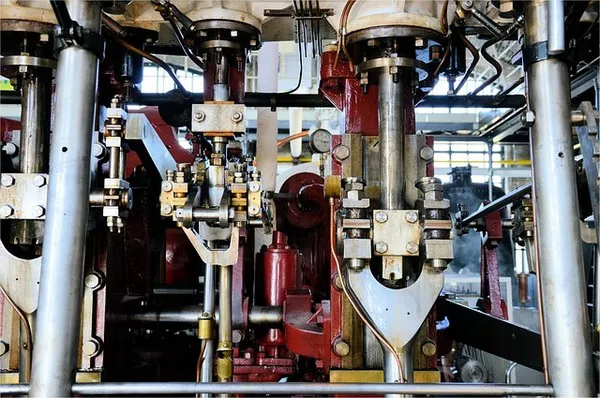Dr. John B. Goodenough made history in 2019 by becoming the oldest Nobel Prize laureate at the age of 97, awarded for his groundbreaking work in developing the lithium-ion (Li-ion) battery. This achievement stemmed from his pivotal contributions in the 1980s, transforming lithium battery chemistry from a dangerous experimental concept into a safe and versatile energy storage solution that is now integral to modern technology.
Early Life and Overcoming Challenges
Born on July 25, 1922, in Jena, Germany, Goodenough faced early educational challenges, including an undiagnosed case of dyslexia. With the support of a grammar instructor, he excelled academically, eventually attending Yale University in 1940. Despite a lack of clear career goals, Goodenough pursued studies in science and mathematics, influenced by the demands of World War II. He enlisted in the U.S. Army Air Corps, graduating summa cum laude with a degree in mathematics while serving as a commissioned officer.
Academic and Research Career
After the war, Goodenough continued his education in physics, despite being told it was too late for him to make significant contributions. His career took off at MIT Lincoln Labs, where he played a key role in developing magnetic core random access memory (RAM). This work laid the groundwork for advancements in computer memory technology.
Goodenough’s research interests evolved over time, leading him to explore high-temperature superconductors, semiconductor development, and renewable energy, particularly photovoltaic cell chemistry. He also contributed to modern magnetism theory, resulting in the Goodenough-Kanamori Rules, which have implications in telecommunications and material science.
Breakthrough in Lithium-Ion Battery Technology
During his tenure at Oxford University, Goodenough embarked on research that would change energy storage forever. He developed a lithium cobalt oxide cathode, which allowed for the creation of a stable and high-voltage battery design. This innovation resulted in lithium-ion batteries that could store two to three times the energy of existing batteries at the time.
Despite the groundbreaking nature of his discovery, the technology faced hurdles; Oxford declined to patent it, and Goodenough transferred rights to a British atomic energy research organization. It wasn’t until Dr. Akira Yoshino made further advancements in the late 1980s that the first commercial Li-ion battery was produced in 1991.
Dr. Goodenough spent the last 37 years of his career at the University of Texas, where he continued to pursue innovations in battery technology. He remained active in his research until shortly before his passing on June 25, 2023, just a month shy of his 101st birthday.
The Impact of Lithium-Ion Batteries
Today, lithium-ion batteries are a cornerstone of modern technology, powering everything from smartphones to electric vehicles. Their high energy density and rapid charging capabilities have made them indispensable for mobile devices and sustainable energy solutions.
In the 1980s, rechargeable battery options were limited to lead-acid and nickel-cadmium types, which were inadequate for the burgeoning mobile electronics market. The introduction of the lithium-ion battery coincided with the rise of portable technology, propelling both industries to unprecedented growth.
Dr. Goodenough’s contributions to battery technology are recognized as some of the most significant advancements in human history, underpinning the vast majority of portable electronic devices and contributing to the clean energy revolution.
As we continue to rely on and innovate with lithium-ion technology, the legacy of Dr. John B. Goodenough remains vital in shaping the future of energy storage and sustainable living.

